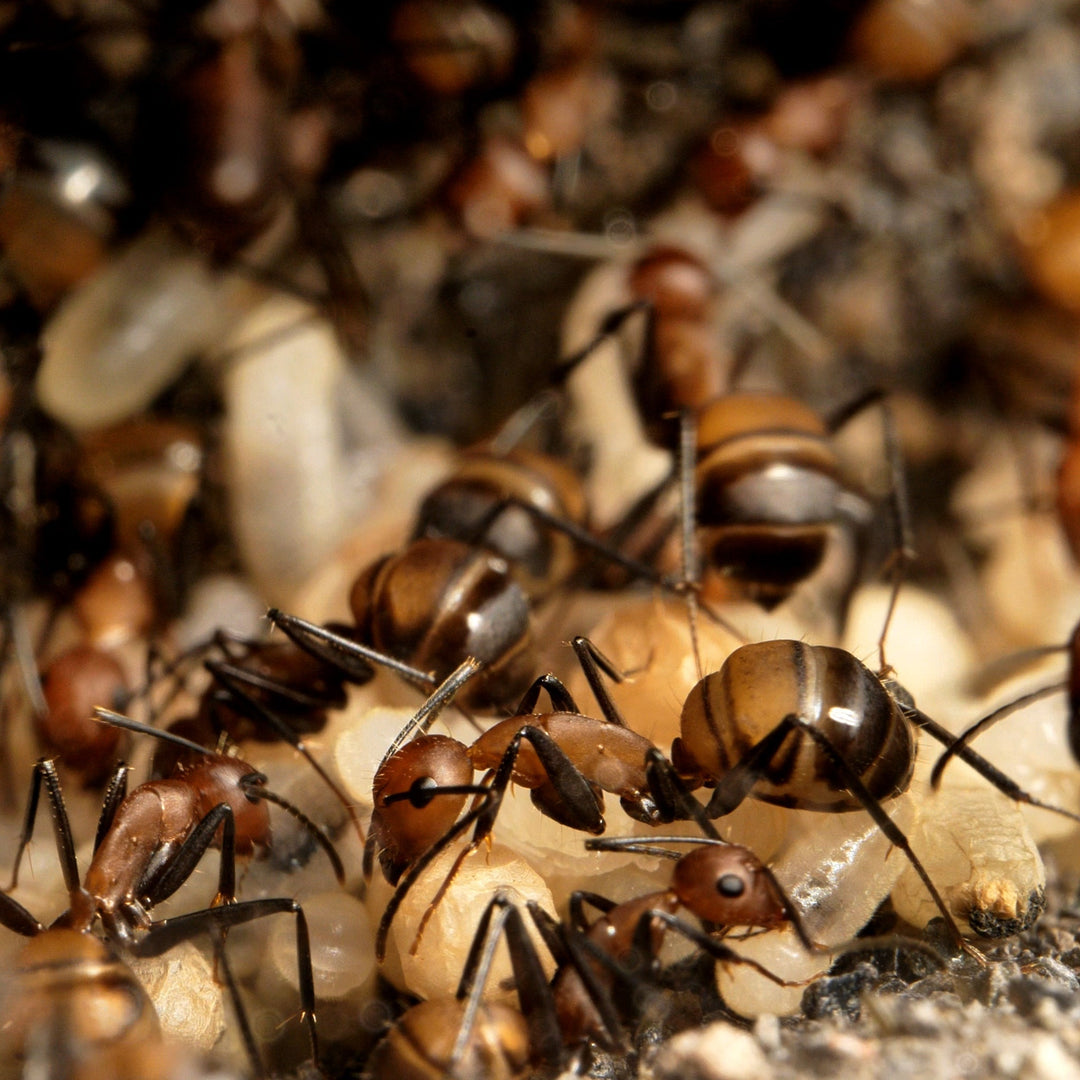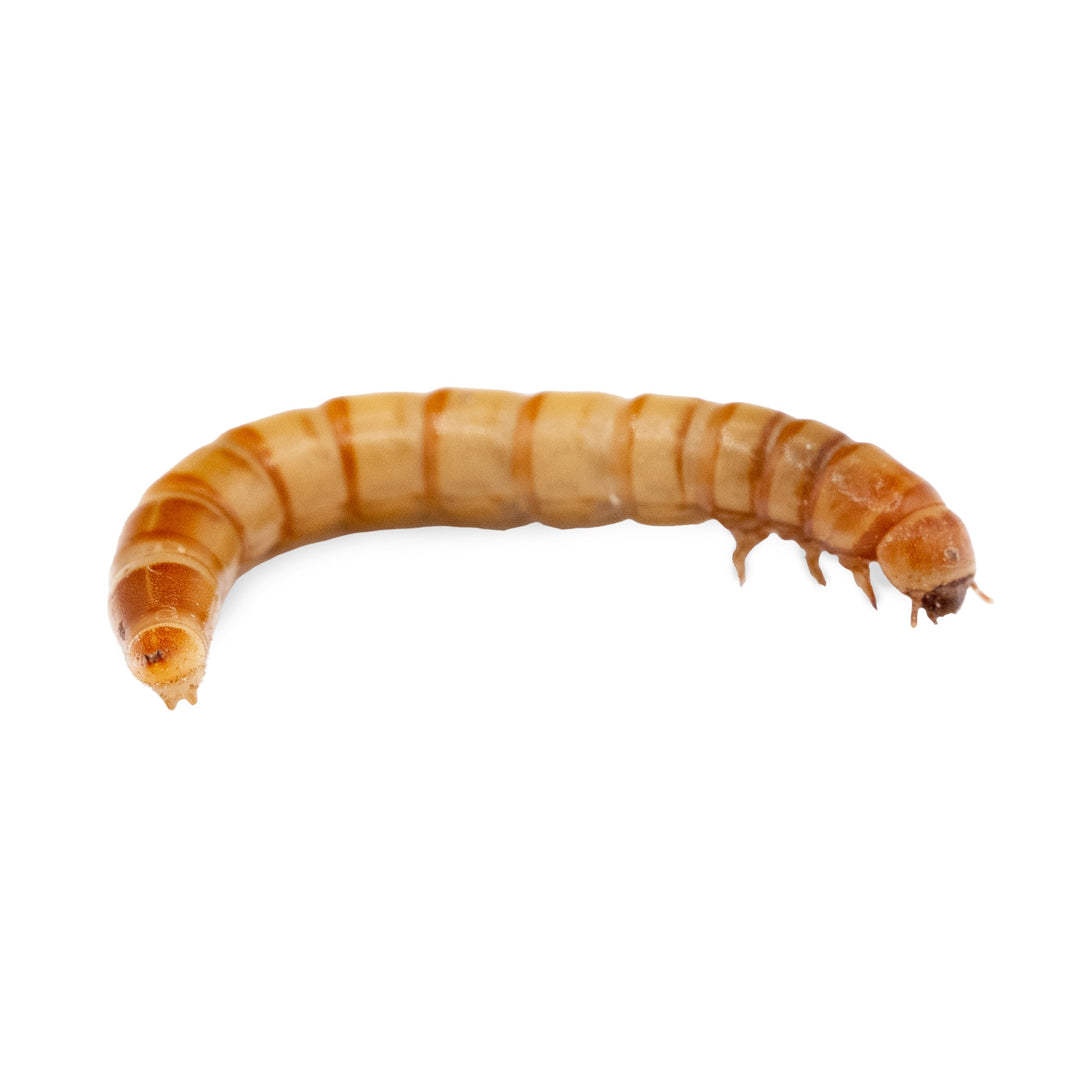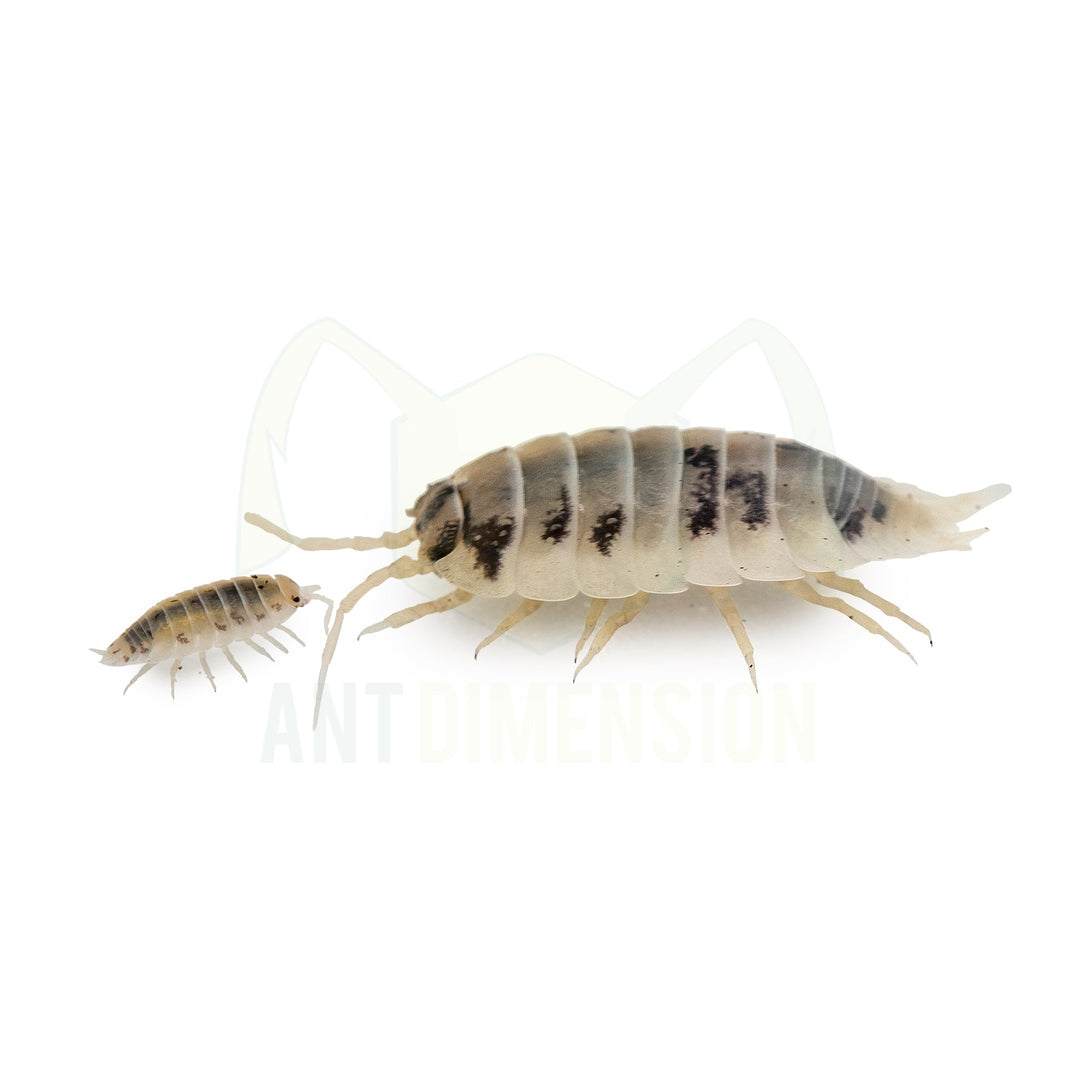Mealworms (Tenebrio molitor) for Your Ants: Feeding, Breeding & Tips Guide
Mealworms (larvae of Tenebrio molitor) are an excellent protein source for many ant species. Offer them 1–3 times per week, preferably pre-killed or frozen/thawed to avoid risks and make consumption easier. You can buy them live or dehydrated, or breed them at home with bran and vegetables. Below you’ll find a step-by-step, tables by ant type, common problems, quick recipes, and recommended Ant Dimension products (3D, Natura and Specialized nests, feeders, and breeding kits).
What is the mealworm (Tenebrio) and why do your ants benefit?
The mealworm is the larval stage of the darkling beetle Tenebrio molitor. In dry form it provides around 40–55% protein, useful fats, and micronutrients (such as iron and zinc). For an ant colony, this translates into faster larval development, queens with better reserves, and workers with more energy.
-
Appearance: elongated, segmented larva, yellow to light brown.
-
Size: up to 2.5 cm before pupating.
-
Versatility: can be offered whole, chopped, dehydrated, or as a powder to mix with protein gels.
Which colonies benefit the most?
| Group | Examples | Main benefit | Suggested frequency |
|---|---|---|---|
| Omnivorous | Lasius, Formica, Tapinoma | Balanced brood growth | 2–3 times/week |
| Carnivorous/high-protein | Pheidole, Tetramorium | Increased egg-laying and larger larvae | 3 times/week |
| Camponotus | Camponotus spp. | Support during large larval stages | 1–2 times/week |
| Granivorous | Messor spp. | Occasional complement to seeds | Once/week or every two weeks |
Frequency depends on colony size, time of year, and whether you already offer other proteins (flies, crickets, protein jelly, etc.). Watch leftovers in the foraging area to adjust.
How to offer mealworms to your ants (step by step)
-
Hygiene: wash tweezers/feeders. Avoid old leftovers.
-
Preparation:
-
Live: it’s best to pre-kill (crush the head) to prevent injury to workers or the worm hiding.
-
-
Presentation: place on a dish/feeder. If your species is shy, cut the mealworm into 2–3 pieces.
-
Amount: as a guide, a piece about the size of 1–2 worker heads per 20–30 workers. Remove leftovers within 12–24 h.
-
Optional gut-loading (if live): feed the mealworms for 24–48 h with oats and carrot to enrich them.
Ant Dimension tip: Use fine tweezers and a low feeder to minimize mess in the foraging area. A nearby water feeder reduces the transport of sticky liquids.
At-home Tenebrio breeding mini-guide (simple and stable)
You need: plastic bin with a ventilated lid, bran/oats as substrate (3–5 cm), moisture source (carrot/potato), sieve.
Conditions: 21–27 °C, moderate humidity, relative darkness.
Steps:
-
Substrate: fill with bran/oats. Keep it dry.
-
Colony: start with 100–200 larvae or adults.
-
Humidity: add slices of carrot or potato (replace every 48–72 h).
-
Maintenance: remove mold/leftovers; sieve periodically to separate frass (droppings) and prevent mites.
-
Cycle: egg → larva → pupa → adult. Plan on 2–3 trays to rotate and maintain production.
Common problems:
-
Mold: too much humidity → reduce vegetables, improve ventilation.
-
Mites: cleanliness + dry substrate; if they appear, move to a new tray.
-
High mortality: check temperature, ventilation, and substrate quality.
Environmental impact
Tenebrio converts plant by-products into useful protein and requires little space/water compared with traditional animal protein. For a responsible hobby, it’s an efficient option.
Frequently Asked Questions (FAQ)
How often should I offer protein? 1–3 times/week depending on species and colony size.
Can live mealworms harm my ants? Rarely, but they can bite; that’s why we recommend pre-killing.
What if my colony doesn’t accept them? Try chopping them.
How much should I offer? Start with micro-portions; if they disappear within 2–3 h, increase slightly next time.



